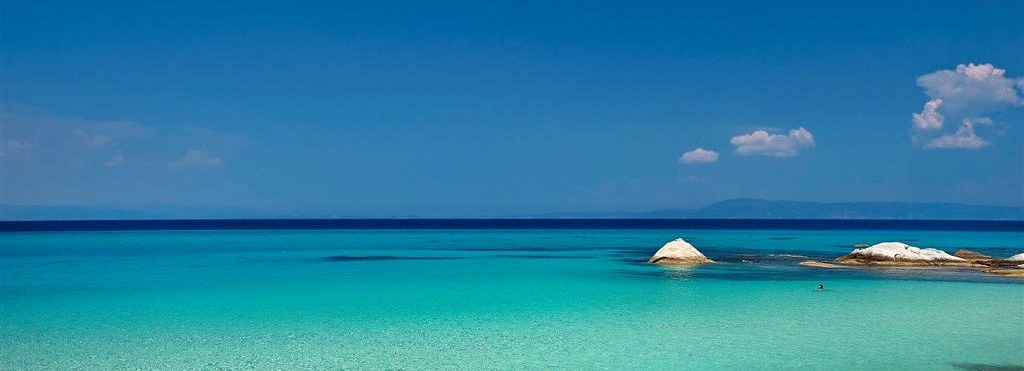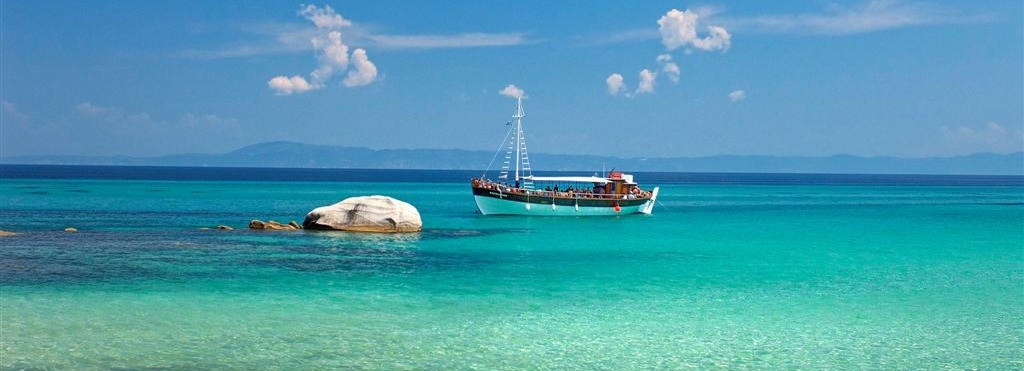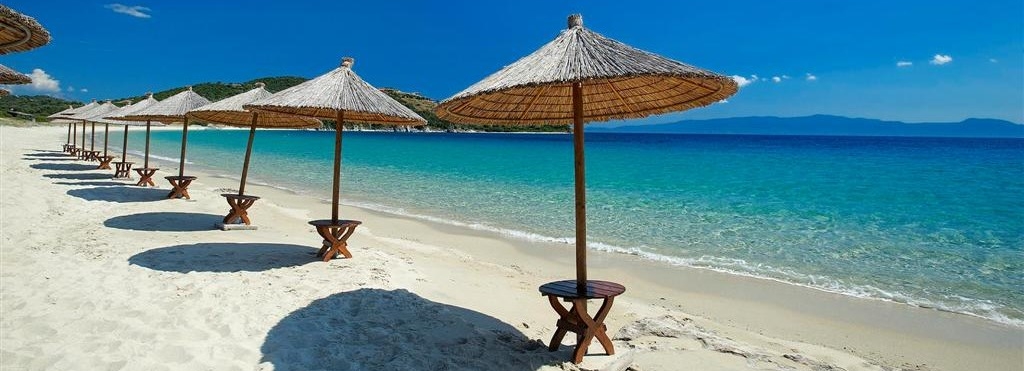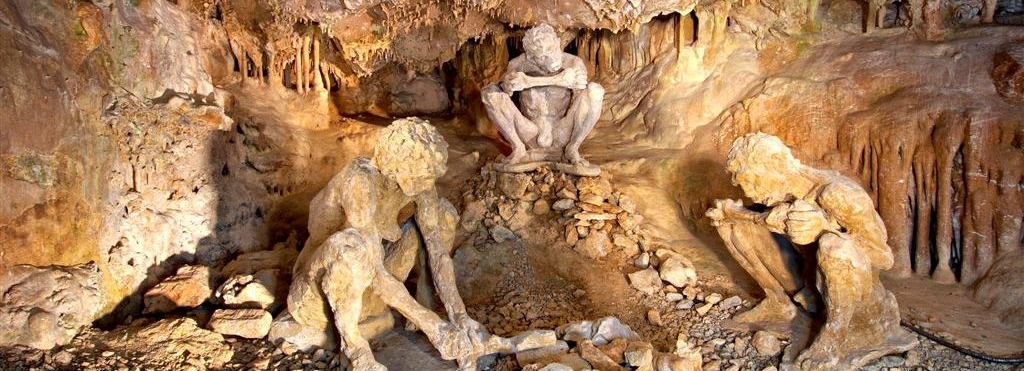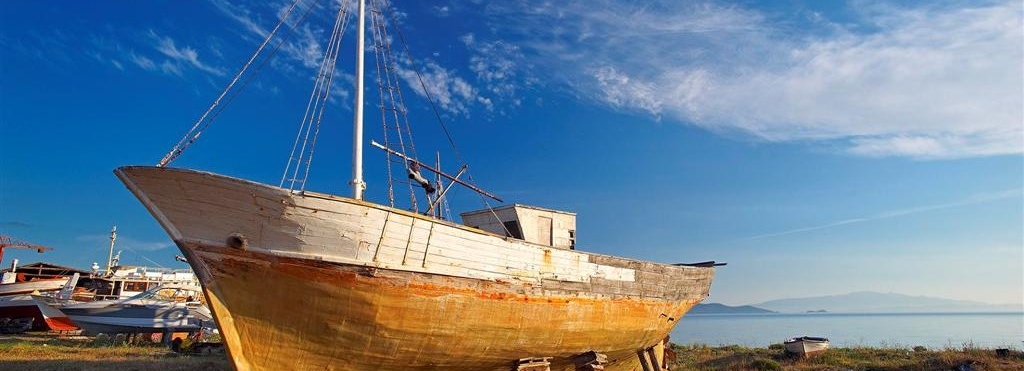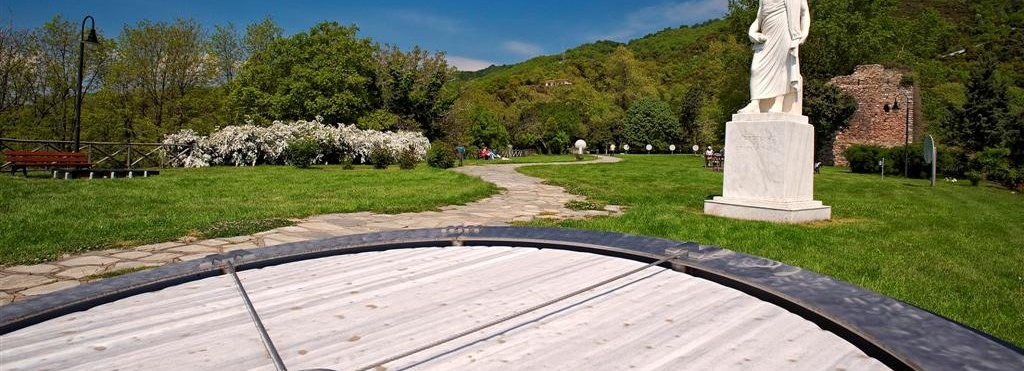FOURTH MONASTERY
In late 12th century, two Serbian monks of royal descent settle at Vatopedi monastery on Mt. Athos. They were Serb ruler Stephan Nemanja and his son and crown prince Ratsko. To these two monks, who changed their names to Symeon and Sava, Vatopedi monastery will later vest a small cell nearby, Hilandar cell, on the northeastern side of the peninsula. Using the material resources provided by the new Serb ruler Stephan II, son and brother of the two monks, Hilandar will soon evolve into a monastery, officially donated by Emperor Alexius III by a golden bull to “the Serbs as a gift eternal”. A few years later one of the founders, Sava, will become Archbishop of Serbia and the monastery will become the spiritual center of Serb Orthodoxy, annexing several smaller nearby cells. The monastery will continue to evolve and helped by Serb rulers will reach its pinnacle in the middle 13th century, when Stephen Uros Dusan was crowned king of Serbia. Dusan pious as was his wife Helen, will help the monastery greatly, as did the Byzantine Emperor Andronicus II Palaeologus. The monastery will enjoy a second heyday in the 16th century when, following the decline of many other monasteries, an Abbot from Hilandar was elected “Protos” in Karyes. Hilandar is rich in heirlooms, amongst which there are crosses with pieces from the True Cross and exquisite icons, such as that of Our Lady Tricherousa. The Catholicon of the monastery celebrates on the Presentation of Virgin Mary and was built in the 13th century. It was illustrated in the 14th century but was repainted in the 19th and as a result the great frescoes by the Macedonian School were destroyed.
